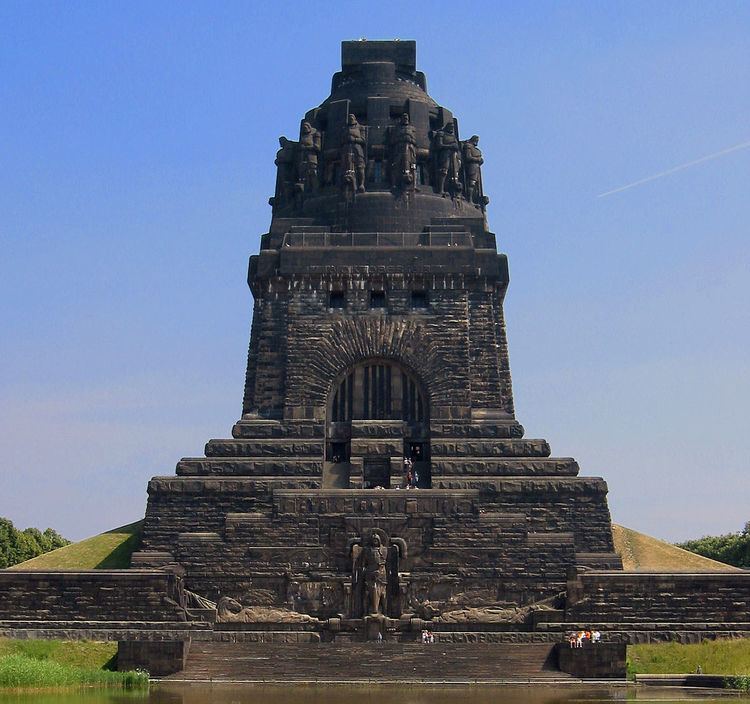Name Bruno Schmitz | Role Architect | |
 | ||
Structures Monument to the Battle of t, Kyffhauser Monument, Soldiers' and Sailors' M, Deutsches Eck | ||
Piloto honda ct bruno schmitz 2016
Bruno Schmitz (21 November 1858 – 27 April 1916), was a German architect best known for his monuments in the early 20th century. He worked closely with sculptors such as Emil Hundrieser, Nikolaus Geiger and Franz Metzner for integrated architectural and sculptural effect.
Contents
- Piloto honda ct bruno schmitz 2016
- Bruno Schmitz 40 Campeo Brasileiro de Motocross 2017
- Selected works
- United States
- References

Schmitz was born in Düsseldorf. His single most famous work is the massive 1913 Völkerschlachtdenkmal (Monument to the Battle of the Nations) located in Leipzig, Saxony, designed with local architect Clemens Thieme. The Monument was inaugurated in 1913 by Kaiser Wilhelm II. Bohemian sculptor Franz Metzner designed the architectural figures, including the powerful and strangely scaled Masks of Fate in the monument's crypt.
Along with the Leipzig monument, Schmitz designed the Kyffhäuser Monument and the Kaiser Wilhelm Monument at Porta Westfalica, bringing him the distinction of designing the three largest war monuments in Germany. All of them are rough, primitive masonry structures in a style that blends Romanesque precedents with modernist touches, and all of them are associated with German nationalism in the period before World War I.
Schmitz's daughter Angelica Schmitz (1893–1957) was the wife of the Ukrainian-American sculptor Alexander Archipenko.
